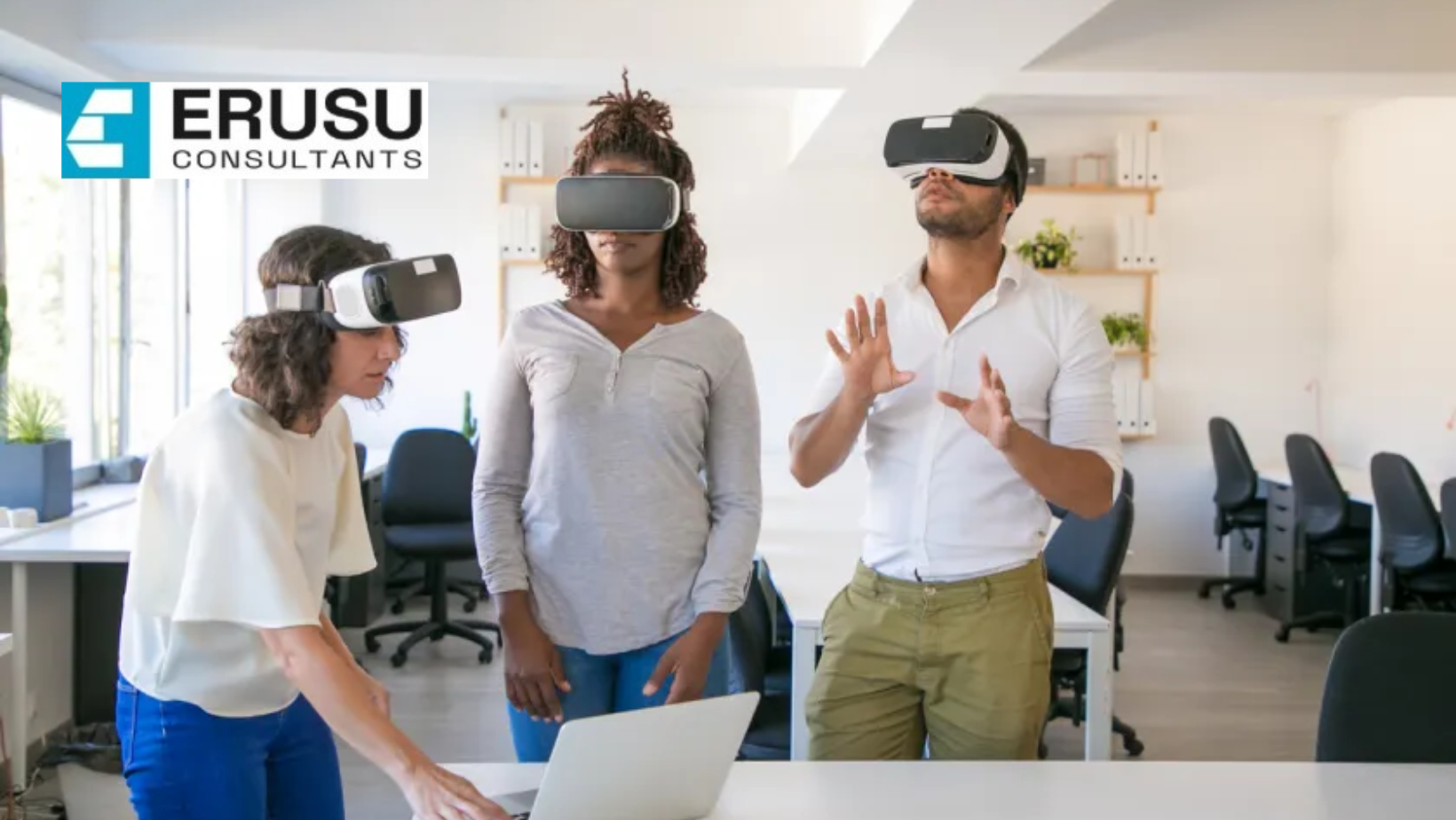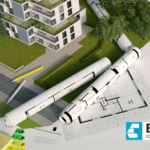Leveraging Virtual Reality in Construction Planning and Design
The construction industry is undergoing a transformative shift with the integration of cutting-edge technologies, and one such innovation taking center stage is Virtual Reality (VR). This powerful tool has emerged as a game-changer in construction planning and design, offering architects and engineers immersive experiences that transcend traditional methods. In this article, we explore how leveraging Virtual Reality is reshaping the landscape of construction planning and design.
Enhanced Visualization and Conceptualization
One of the key advantages of VR in construction is its ability to provide unparalleled visualization. Architects and designers can step into a virtual environment and experience a project at a human scale. This immersive experience aids in conceptualization, allowing stakeholders to explore spatial relationships, interior layouts, and overall design aesthetics in ways that 2D drawings or even 3D models cannot replicate.
Interactive Design Reviews and Collaboration
Virtual Reality facilitates real-time, interactive design reviews. Teams spread across geographical locations can join a virtual meeting space, putting on VR headsets to collectively explore and analyze the project. This not only streamlines the design review process but also enhances collaboration among stakeholders, including architects, engineers, clients, and contractors. Instant feedback and adjustments can be made in the virtual world, leading to more informed decision-making.
Site Analysis and Simulation
Before breaking ground, Virtual Reality enables construction professionals to simulate the construction process itself. This includes evaluating logistics, phasing, and sequencing of construction activities. By immersing themselves in a virtual construction site, project managers can identify potential challenges, optimize workflows, and ensure that safety protocols are effectively implemented. This proactive approach significantly reduces the likelihood of errors during the actual construction phase.
Client Engagement and Project Approval
Presenting design concepts to clients can be a challenging task, especially when translating 2D drawings into a tangible vision. VR bridges this gap by allowing clients to virtually “walk through” their future spaces. This immersive experience helps clients better understand the design intent, fostering engagement and collaboration. It also expedites the approval process, as clients can make informed decisions based on a realistic understanding of the proposed design.
Training and Skill Development
Virtual Reality serves as a valuable tool for training construction teams. Simulated environments can replicate complex construction scenarios, providing hands-on training for workers. This is particularly beneficial for enhancing safety awareness, allowing workers to familiarize themselves with potential hazards in a controlled virtual setting before entering the actual construction site.
Cost and Time Savings
While the initial investment in VR technology may seem substantial, the long-term benefits translate into significant cost and time savings. Identifying design flaws early in the process, streamlining collaboration, and optimizing construction workflows contribute to overall project efficiency. The ability to visualize and address potential issues before construction begins can prevent costly revisions and delays down the line.
Challenges and Considerations
While Virtual Reality offers remarkable advantages, it’s essential to acknowledge the challenges. Hardware costs, the learning curve associated with new technology, and ensuring the compatibility of VR models across various devices are considerations that need attention. Additionally, addressing potential motion sickness for users in virtual environments requires thoughtful design.
Conclusion
Virtual Reality has emerged as a transformative force in construction planning and design, redefining how professionals conceptualize, collaborate, and execute projects. The ability to step into a virtual representation of a construction site before breaking ground is a paradigm shift that enhances visualization, fosters collaboration, and ultimately contributes to more efficient and successful construction projects. As technology continues to advance, the integration of Virtual Reality is poised to become an integral part of the construction industry, shaping a future where immersive experiences drive innovation and excellence in planning and design.






